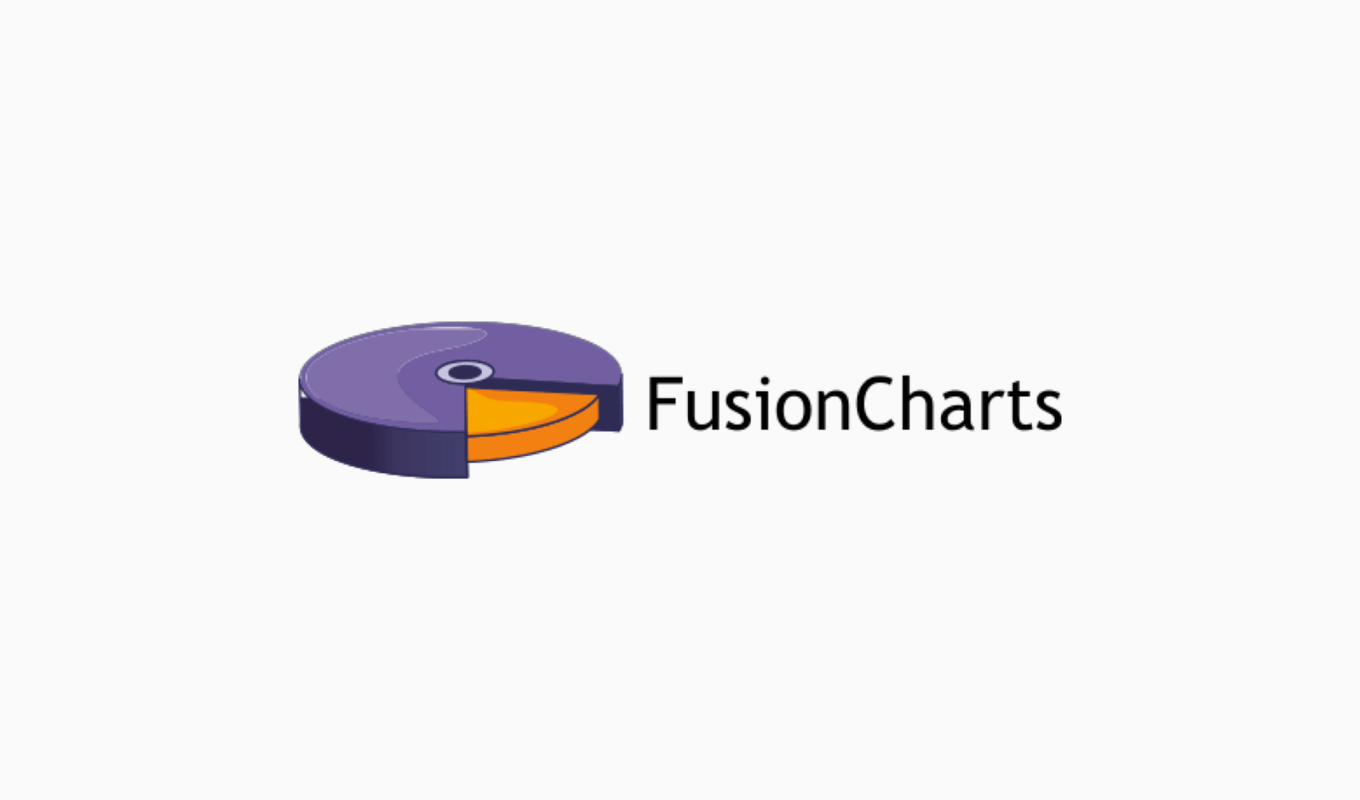
The ultimate comparison guide to the best data visualization tools available this year.
If you want to understand the benefits of data visualization tools including:
1. Tableau
2. Microsoft's Power BI
3. QlikView
4. FusionCharts
5. SalesForce Einstein Analytics Platform
Then you’ll love this detailed guide.
Let’s dive right in.

It feels like we’re all suffering from data overload.
Organizations have become more and more focused on data that can be obtained from their customers and services. Almost everything ranging from analyzing target audiences to progress of each sale is tracked.
And If you don’t have a PhD in data science, how and why to use raw data can remain unclear. That’s where data visualization comes into play. Data visualization is the process of taking raw data and transforming it into graphs, charts, images and even videos that explain numbers and allow us to gain valuable insight to impact future decision-making. Data visualization evolves the way we make sense of information to extract value from it, discover new patterns and spot trends for optimised customer interaction.
There are so many data visualization tools out there that it can be mindbending to find the best one for the job. They all do slightly different things, with a range of free and paid plans. While MeasureMatch has expert data visualization consultants to support you, we have also put together a list of what we believe to be the best visualization tools out there today.

Among the multiple data visualization products in the market, there’s one solution that stands out; Tableau software. It’s one of the earliest players in the self-service business intelligence (BI) space and launched in January 2003.
Tableau is a PLC which helps businesses build bespoke data visualization and analysis. It has three main products: Tableau Desktop, Tableau Online and Tableau Server. And these products work perfectly together to serve an organization’s data visualization needs.
The main thing that sets Tableau apart from its competitors is that it has a special feature of data blending and collaboration in real-time that makes it a valuable investment for almost any organization. It also offers a broad variety of visualization capabilities with distinct features, enabling smart ways of data discovery and deep insight.
"I've used dozens of different analytics and data visualization tools throughout my career and Tableau is the clear winner. Yes, there is a learning curve but the power this tool provides is worth the initial frustration. It's a tool that all companies, which are serious about data, should consider." - Justin, MeasureMatch network expert and data visualization expert

PowerBI, launched in 2003, is a software developed by Microsoft for business intelligence and analytics needs. Its a tool that allows non-technical business users to aggregate, visualize and share data across their organization. Power BI’s user interface is fairly intuitive for users familiar with Microsoft Excel and its deep integration with other Microsoft products makes it a very versatile self-service tool that requires little upfront training.

For startups to large enterprises, MeasureMatch is the marketplace platform connecting business leaders with amazing consulting and professional services partners.

QlikView launched in September 2014, as an in-memory business discovery tool that’s very different from traditional BI software. It provides businesses with an extremely fast integration of data collected from various sources into a single powerful application. With just a few clicks, Qlik lets you consolidate, search, visualize and analyze all your data sources for unprecedented business insight.

FusionCharts launched in 2003 as a Javascript-based option for creating web and mobile dashboards. It has over 150 chart types and over 1,000 map types, you’ll find everything that you need right out of the box. It is one of the leaders in the paid-for market (as well as offering an unrestricted free trial). This JavaScript-based platform integrates with a wide range of devices, frameworks and platforms, making it a good choice for those seeking flexibility, but especially for web and mobile developers.

SalesForce analytics is a newcomer to the self-service business intelligence space. It’s a suite of several products launched in September 2016, which enables users to accelerate sales to improve customer service and optimize their marketing campaigns. Einstein Analytics brings the power of algorithms in minutes, something that data scientists took days or even weeks to perfect. Overall, - claims Salesforce - the insights offered by Einstein allow executives to make decisions 38% faster.
All of these tools are excellent to use, it simply depends on your specific needs as to which one will work best for you. Here's a quick overview table for you to scan:

For further help with choosing the right data visualization tool look no further than MeasureMatch’s data visualization experts. Our consultants can support you and your team(s) throughout your data visualization project lifecycle; offering invaluable, expert skills and insights that maximise the potential of any of these products in delivering data insight.
Soon my prayers were answered and a contact from Inspiring Interns , with whom I had previously registered, got in touch with me about a paid internship at MeasureMatch...
As a society, we’ve made huge steps towards gender equality, but there’s a lot of work left to do when it comes to women tech. And recent studies reveal...